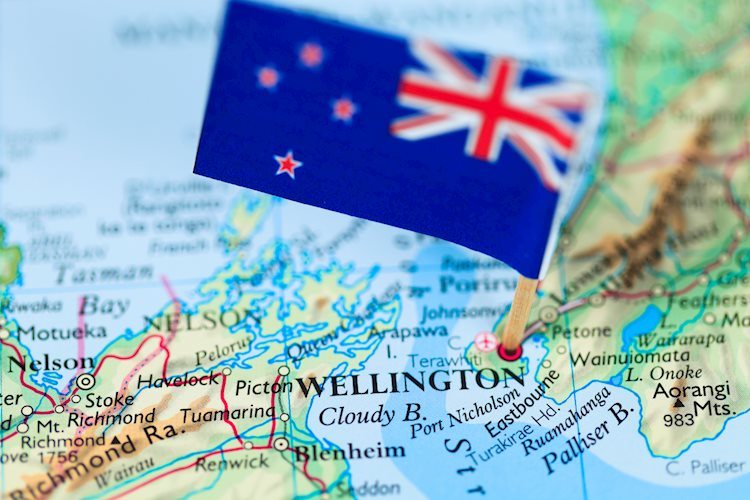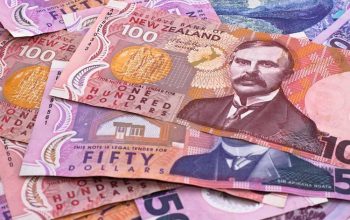Martin Foo, Director at S&P Global Ratings warned in a Bloomberg interview on Wednesday that “New Zealand’s (NZ) current account deficit must narrow further.”
Additional quotes
“Broadly comfortable with New Zealand’s sovereign rating outlook.”
“Closely watching NZ large current-account deficit and weak economic growth.”
New Zealand’s current account deficit was 6.8{721fc769be108e463fe4e33f629fb22fe291c423a7a69eaaf65dcb28e9b05dea} of the gross domestic product in the 12 months through March … among the widest of advanced economies, reflecting subdued exports, stronger-than-expected imports and debt servicing costs.”
“Our base case is that it will narrow to something like 5{721fc769be108e463fe4e33f629fb22fe291c423a7a69eaaf65dcb28e9b05dea} of GDP over the next couple of years. But if it doesn’t, that’s going to be probably a downside trigger for the rating.”
Market reaction
At the press time, NZD/USD loses 0.11{721fc769be108e463fe4e33f629fb22fe291c423a7a69eaaf65dcb28e9b05dea} on the day to trade near 0.6175.
New Zealand Dollar FAQs
The New Zealand Dollar (NZD), also known as the Kiwi, is a well-known traded currency among investors. Its value is broadly determined by the health of the New Zealand economy and the country’s central bank policy. Still, there are some unique particularities that also can make NZD move. The performance of the Chinese economy tends to move the Kiwi because China is New Zealand’s biggest trading partner. Bad news for the Chinese economy likely means less New Zealand exports to the country, hitting the economy and thus its currency. Another factor moving NZD is dairy prices as the dairy industry is New Zealand’s main export. High dairy prices boost export income, contributing positively to the economy and thus to the NZD.
The Reserve Bank of New Zealand (RBNZ) aims to achieve and maintain an inflation rate between 1{721fc769be108e463fe4e33f629fb22fe291c423a7a69eaaf65dcb28e9b05dea} and 3{721fc769be108e463fe4e33f629fb22fe291c423a7a69eaaf65dcb28e9b05dea} over the medium term, with a focus to keep it near the 2{721fc769be108e463fe4e33f629fb22fe291c423a7a69eaaf65dcb28e9b05dea} mid-point. To this end, the bank sets an appropriate level of interest rates. When inflation is too high, the RBNZ will increase interest rates to cool the economy, but the move will also make bond yields higher, increasing investors’ appeal to invest in the country and thus boosting NZD. On the contrary, lower interest rates tend to weaken NZD. The so-called rate differential, or how rates in New Zealand are or are expected to be compared to the ones set by the US Federal Reserve, can also play a key role in moving the NZD/USD pair.
Macroeconomic data releases in New Zealand are key to assess the state of the economy and can impact the New Zealand Dollar’s (NZD) valuation. A strong economy, based on high economic growth, low unemployment and high confidence is good for NZD. High economic growth attracts foreign investment and may encourage the Reserve Bank of New Zealand to increase interest rates, if this economic strength comes together with elevated inflation. Conversely, if economic data is weak, NZD is likely to depreciate.
The New Zealand Dollar (NZD) tends to strengthen during risk-on periods, or when investors perceive that broader market risks are low and are optimistic about growth. This tends to lead to a more favorable outlook for commodities and so-called ‘commodity currencies’ such as the Kiwi. Conversely, NZD tends to weaken at times of market turbulence or economic uncertainty as investors tend to sell higher-risk assets and flee to the more-stable safe havens.



